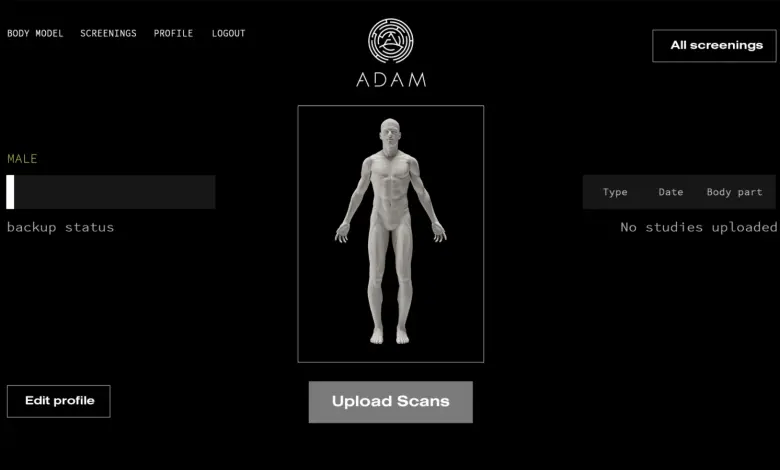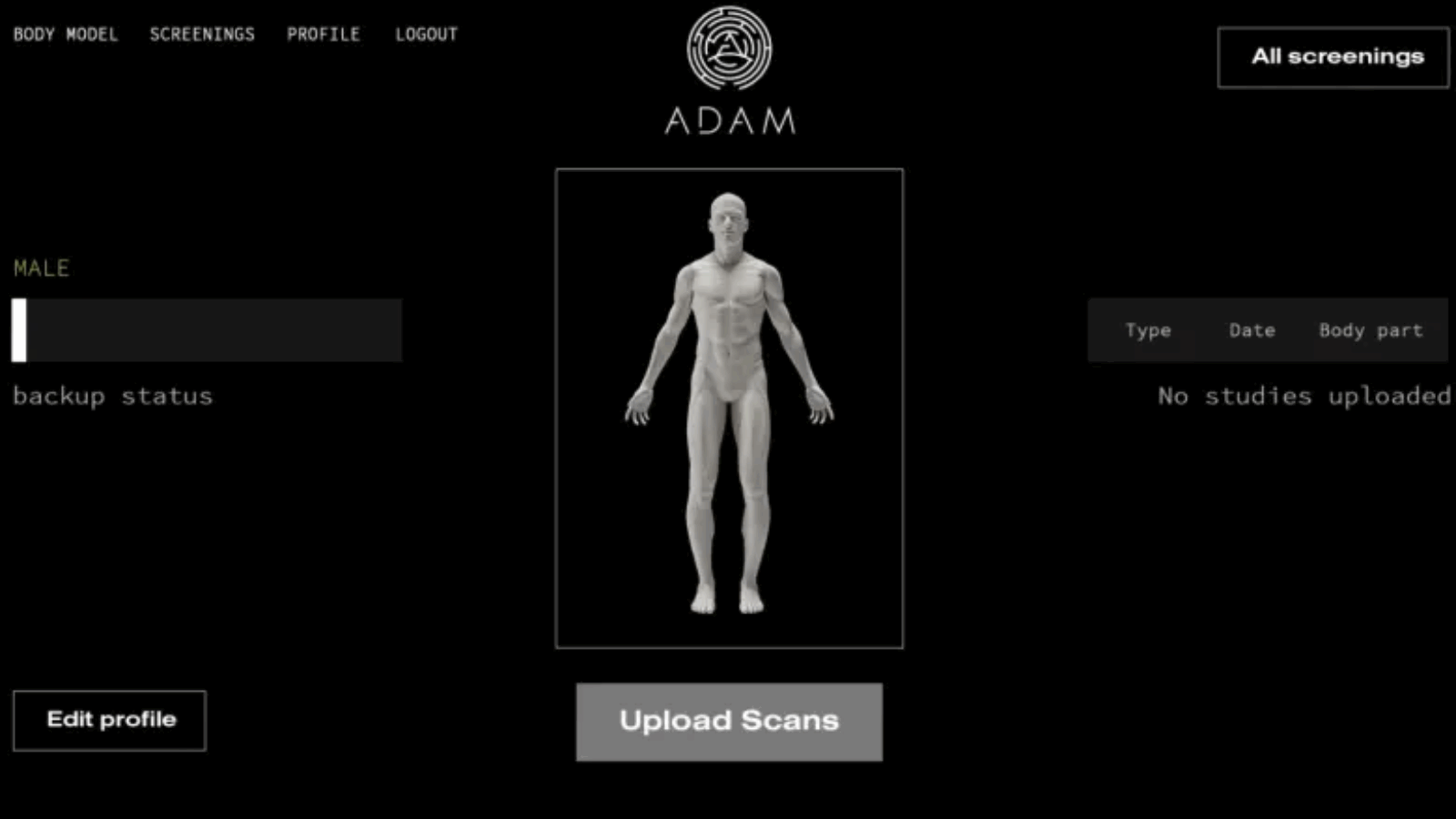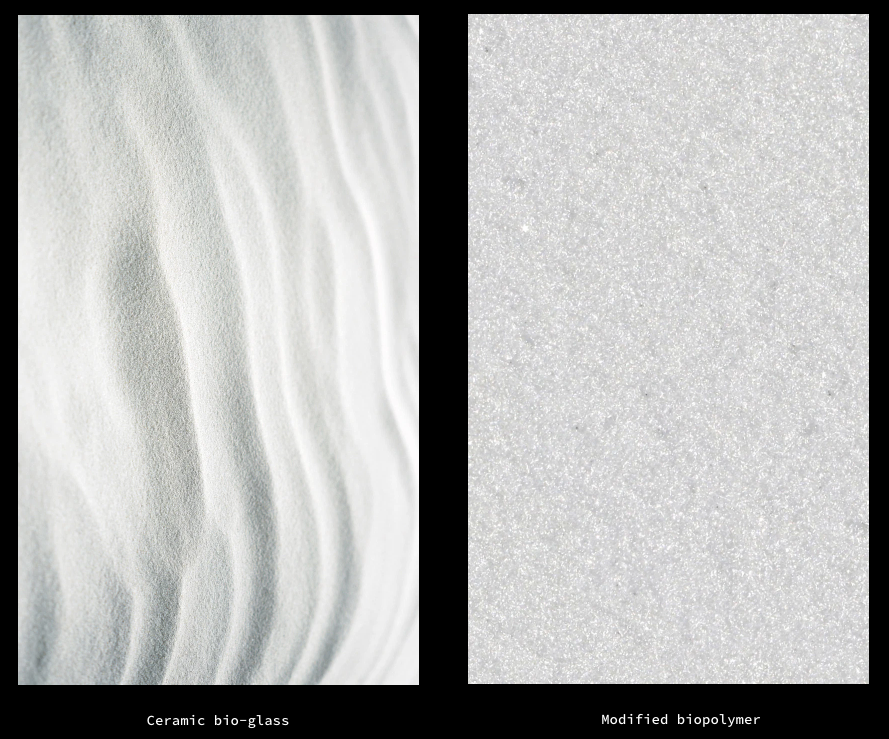
Advanced Development of Additive Manufacturing (A.D.A.M.) is on the cusp of releasing 3D-printed bioresorbable bone implants. The implants would, if successful, be completely absorbed by the body. Recovery times would improve; patients would undergo fewer surgeries; the implant is personalized to each patient.
The application for this technology needs little introduction. Any type of bone removal or serious fracture may attract the technology The implant works like scaffolding on which the body grows new tissues, including bone material. By the time that the scaffolding has done its job, the body has absorbed the foreign material.
This seamless transition is created using ceramic- and polymer-based implants. The 3D printing technology deployed to work these materials is binder jet and fused filament fabrication, respectively. These processes operate in a sterile environment and network with a cloud-based service that holds CT and MRI scans along with 3D models of implants and user-customer interactions. The cloud, in other words, allows A.D.A.M. to market its technology-as-a-service in software and manufacturing terms.
Manufacturing on Demand
Ceramic bone implants are created using biomaterial formed through a combination of glass-ceramic and bioactive calcium-based materials. This type of implant is designed for reconstructing non-weight-bearing bones. The cranium, for example, could be repaired with this porous material. It porosity allows the body’s tissues deep penetration into the implant, which causes the bones to grow faster.
Biopolymer bone implants are similarly based on biomaterial that combines medical-grade polymer with bioactive calcium-based materials. These implants can withstand the physical strain of a radius or humerus. This material, however, is not porous: the 3D modelling process builds a lattice structure into the implant. The lattice allows the implant to coexist with the body’s vascular system while tissues grow into place.
Both types of implant were tested in wistar rats over periods of one, four and twelve weeks. The tests show that each implant is received by its host. The ceramic implants, because of their porosity, showed cells migrating quickly through the pores. By the end of the test period, the implant showed signs of degradation. The polymer implants, on the other hand, withstood cellular migration and thus held up longer. By the twelve-week mark, the implant became host to increased cellular activity.
These results confirm that the implants are working as designed, and the Industry Standards Organization agrees. A.D.A.M.’s implants received ISO 10993-10: 2010, EN ISO 10993-11: 2015, ISO 10993-5: 2015 and ISO 11137-1: 2018 testing certifications. These certifications demonstrate the the devices do not irritate skin, result in system toxicity or cytotoxicity and are sterile after radiation treatment.
The company aims to provide this technology to customers via certified clinics and a digital platform. Once fully approved and operational, these bioresorbable bone implants will take up to twenty-four hours to produce. The company aims to supply its product for orthopaedic, CMF, neuro- and plastic surgeries. The implants will also be available for oncology applications.
* This article is reprinted from 3D Printing Media Network. If you are involved in infringement, please contact us to delete it.
Author: Adam Strömbergsson



Leave A Comment